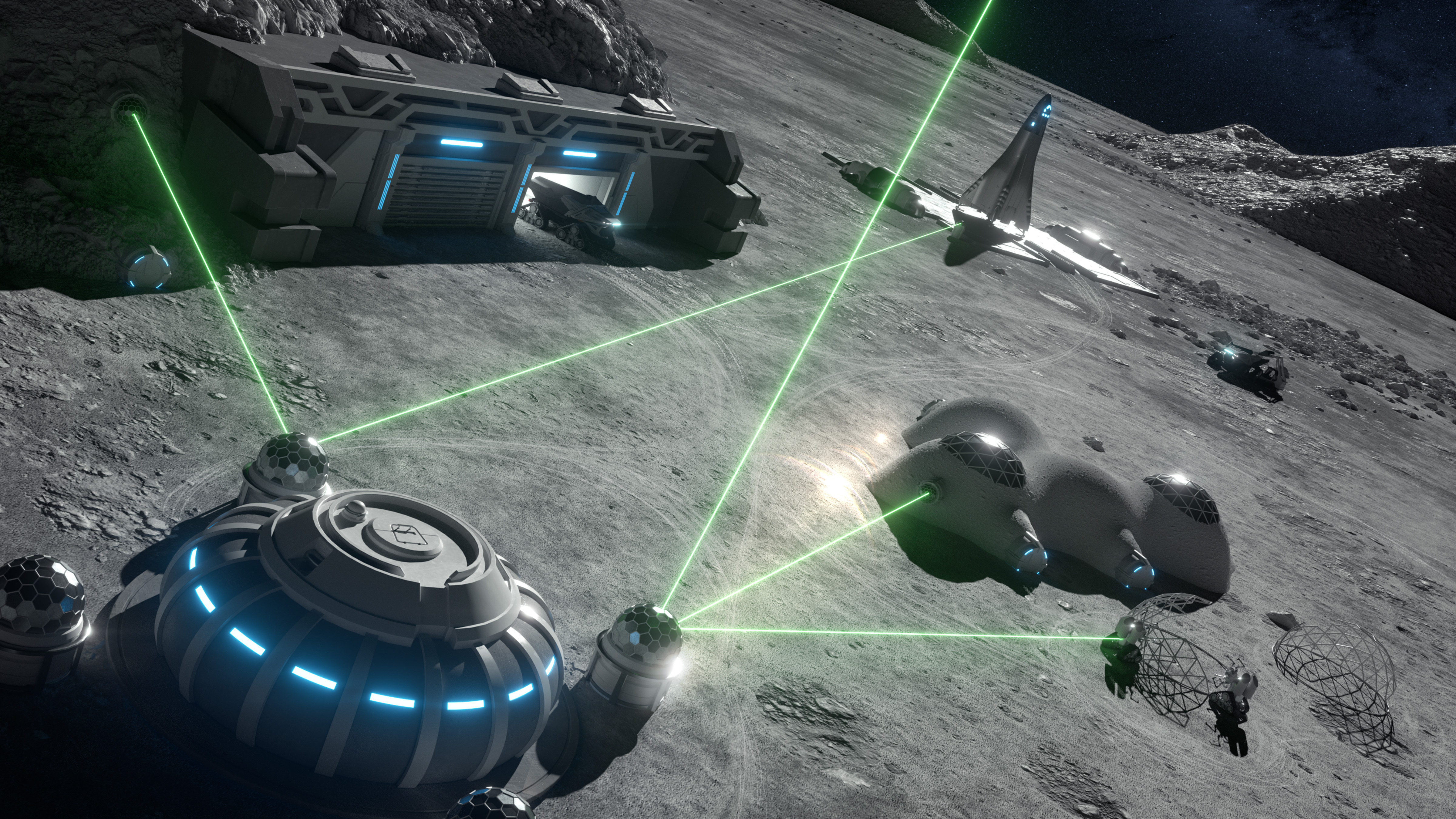
In the company’s first-ever Destination: Space 2050 event, Lockheed Martin created a platform for customers and experts to come together and discuss a future vision for space capabilities and missions. Today’s event showcases a vibrant space economy and a convergence of ideas about the expansion of space exploration, technologies and applications—all in the year 2050.
“As we look to the future, it’s critical that we have a collective dialogue about how space improves life on Earth, life on other planets and how we can better secure the domain itself,” said Robert Lightfoot, executive vice president for Lockheed Martin Space. “Destination: Space 2050 illustrates the ways in which a global community can explore, challenge and push the limits of space across a variety of missions. Further, we want to prepare the workforce of tomorrow for what the year 2050 could hold.”
The Destination: Space 2050 vision invites discussion about the future of space in five areas: a “smart” world enabled by ubiquitous communications, extraplanetary operations, space logistics, mission operations command utilizing artificial intelligence and machine learning, and space defense to strengthen 21st Century Security. These areas dive deeper into dynamic mission environments and the emerging technological advancements necessary to operate productively and safely.
Attendees also experienced never-before-seen technologies key to the 2050 vision, which benefit commercial, civil and defense space industries. These demonstrations include:
- Quantum Applications: Lockheed Martin Space has field-tested quantum technology with promising increases in processing speed, while packing in more data per photon. The same underlying technology is advancing capabilities for remote sensing and communications, leading to real systems that use significantly less power while also boosting capability across a variety of missions. This means satellites can gather and process more information and beam that information securely at higher data rates.
- Self-Adapting Autonomy: Lockheed Martin Space debuted a system that autonomously self-monitors and adjusts in communications-restricted environments. This helps a spacecraft respond to unknowns, allowing the artificial intelligence (AI)-enabled systems onboard to respond to events or environments during a mission that developers may have never considered. This means the technology would help satellites avoid collisions in orbit and enable deep-space probes to squeeze in more research in short missions under harsh conditions.
Explore the year 2050 with recorded event presentations and expert interviews on YouTube.

